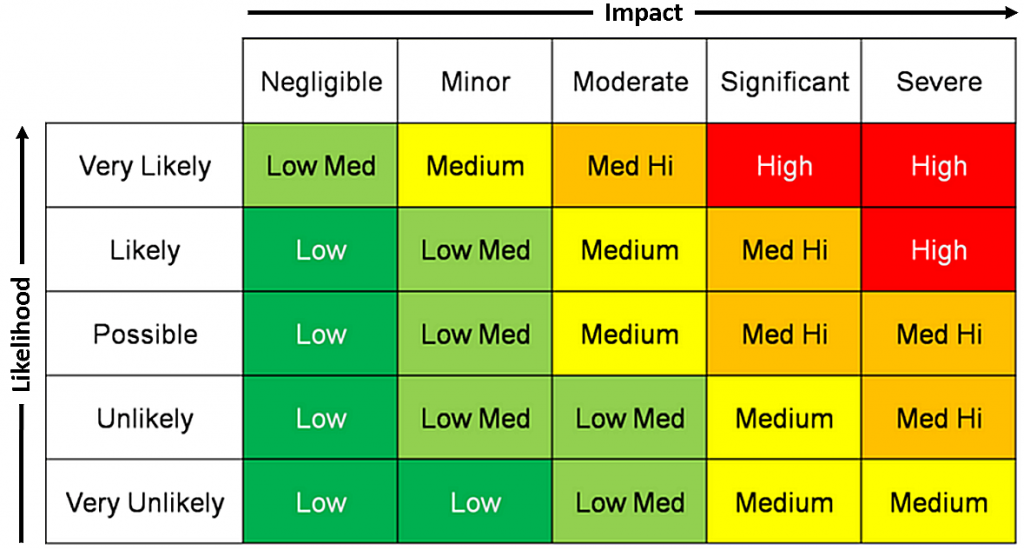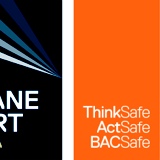Information
-
Site
-
OpCo
-
Conducted on
-
Responsible Managers Names and Roles
-
PVR (peak vehicle runout number)
-
Number of staff at this site (excluding drivers)
-
Number of drivers at this site
-
Fleet type
-
Supervisor coverage at this site
-
Do Contractors carry out any vehicle movement activities?
-
Does Reversing take place at this site?
-
List the controls in place to assist reversing maneuvers
-
Site risk classification
-
Date of next review
Hazards
-
Detail vehicle movements that take place at this site
-
Consequences of getting the vehicle movement controls wrong can be a collision with another vehicle or asset, collision with a person resulting in anything from minor injury to death, crush injuries for the Banksperson if they are positioned in an unsafe location, unintentional movement of a vehicle if not parked correctly.
-
Controls must be put in place to manage speed and behaviours on site. Consideration will be given to pedestrian and vehicle conflict and safe walkways and safe crossing points will be positioned in a way that makes it clear who has priority and ensures the safety of the pedestrian. Work processes and workload will be managed and speed limits will be set to control the pace of vehicle movements around the site. Signage will be clear and placed strategically to ensure they are visible. repeaters warning signs will be set out around the site.
-
The maximum speed limit for driving on this site.
-
The vehicle flow for this site is managed by:
-
If other please detail here.
Site Vehicle Movement Plan
-
This is the vehicle movement site plan for this site.
Arrangements in place & review question set
Vehicle Movements
-
1. Do any other vehicle movements take place on this site?
-
2. If Yes to No 1. please detail what they are. (Example training school)
-
Detail any arrangements where the site is shared with other businesses and what controls are in place
-
3. Where vehicles reverse out of the workshops/pits, is the area behind hatched?
-
4. Are road marking clear and visible?
-
5. Are vehicle movement warning signs clear and well positioned for both car, and bus drivers?
-
6. Is speed controlled by way of monitoring speed and setting speed limits?
-
7. Are all Banksperson trained?
-
8a. Are batons issued to Banksperson for activities in hours of darkness?
-
8b. Are Cat 3 Hi visibility PPE issued to Banksperson working in hours of darkness?
-
9. Is there a safe area for visitors to be directed to reception?
-
10. Are walkways clearly marked?
-
11. Are crossing points clearly marked and supported with good signage and stop lines for traffic to give way to pedestrians?
-
11a. Is there full visibility of the crossing for vehicles approaching?
-
Parking on crossing points and walkways is prohibited. The risk assessment and inspections will carry out observations to ensure parking does not obstruct visibility of safe crossing points.
-
12. Is parking managed to prevent visual obstruction for crossing points and walkways?
-
Lighting must be checked on a night tour during hours of darkness. Look for poor lighting that might dazzle, or create shadows. Lighting should be a minimum of 20 lux in all parking areas at all times. Consider any lighting inside the vehicle that might cause reflections reducing visibility of the outside for the driver/shunter.
-
13. Is the lighting around the site bright enough to see people?
- Yes
- No
- N/A
-
14. If the lights present dazzle risk select a "No" response.
-
15. If "No" to above, please detail where the light is and what hazard it presents.
-
Processes. How people move around the site and how vehicles move around the site must be understood in order to implement suitable ad sufficient controls to manage the risk. The Vehicle Movement Plan should consider the aspects detailed below as a minimum and base controls on the rule book guidance attached.
-
Consider how the first user check is carried out safely at run out in a morning.
-
16. Is there a safe space to carry out the first user check?
-
17. Has a physical barrier been considered where there might be conflict between pedestrians or company assets/products that might need more robust protection? (Such as around the fueling islands, vehicle wash or fuelling area)
-
18. Is the site plan displayed in full view of people entering the site so they know where to go and how to drive around the site?
-
19. Are there reverse parking signs for private cars on site?
-
20. Is there a parking permit system in place to manage any parking contraventions causing disruption to the run in and run out processes?
-
21: Are car parking arrangements clearly marked out to aid understanding of the rules?
-
Consider the run-in processes that take place.
-
Description of the run in process. (including lanes to be used, direction, supervision and safe parking)
-
Consider the maintenance processes that take place
-
Description of how defective buses are managed at run out and run in
-
Consider how a driver gets from their parked bus back to the traffic office.
-
Description of the safe walkway system at this site.
-
Consider how vehicles and fuelled and how fuel deliveries take place.
-
Description of the fuelling and washing arrangements.
-
Consider visitors and suppliers/deliveries to site
-
Description of delivery arrangements
-
Are those responsible for the site vehicle movements trained in the VM Risk assessment process?
Risk
-
When determining the risk classification for the site please use this table. Cat 3 is low, Cat 2 is medium and Cat 1 is a high risk site.
-
Site Risk Classification
-
The risk level for the site is determined by the assessor based on the type and number of vehicle movements, site design and space and people controls.
Signatures
-
Report sign off
-
Manager Signature:
-
Safety Rep Signature:
-
Risk Assessment shared with any relevant Contractors?
-
Contractor signature and company.
-
Date for next planned review













